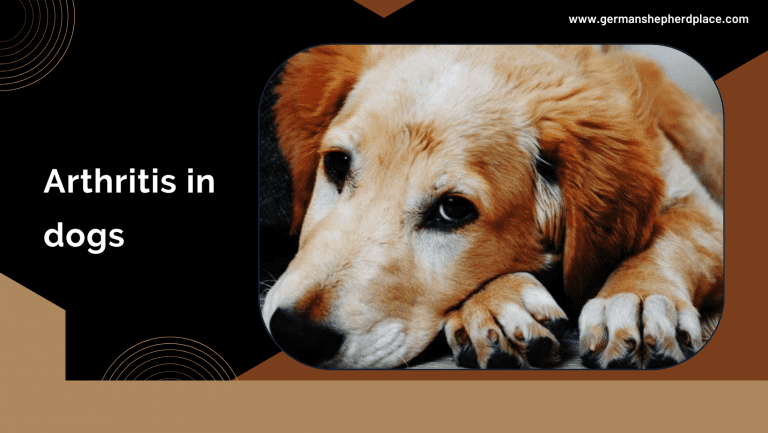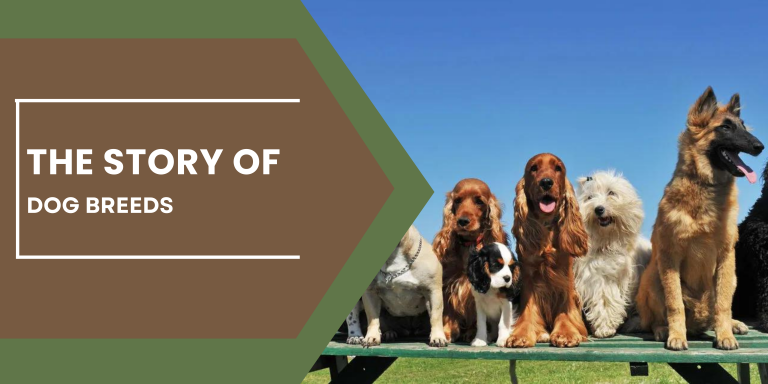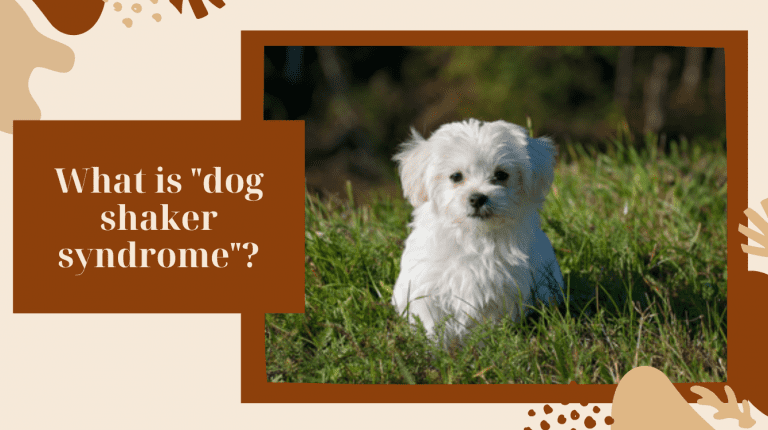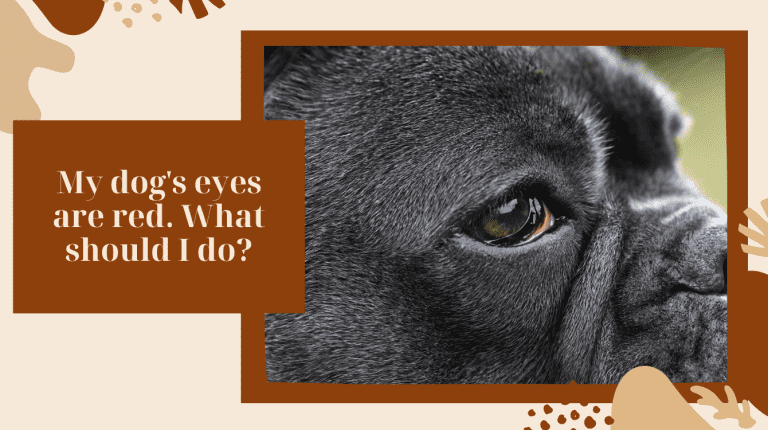TREATING SEPARATION ANXIETY
Understanding a Dog’s Separation Anxiety
Think about this: Animals in the wild seldom display anxiety, unless there’s imminent danger, at which point the fight or flight impulses kick in. But when animals enter our human world the shift brings the potential for miscommunication, resulting in anxiety, often leading to behavioral problems. Because of this, it is helpful to consider the instinctive behaviors that dogs are created with. As we begin to see the harmony and logic inherent in those behaviors, we can gain an understanding of how we can help rather than hinder our dogs’ ability to live in harmony within their human “pack” environment.
Let’s consider the causes of separation anxiety (which we’ll label “S/A”) and the practical steps you can take that will, over time, significantly improve your dog’s response to your absences. Reconditioning your dog’s responses takes effort and commitment, but you’ll be rewarded with a happier dog and calmer household – not to mention, less things to repair or replace!
What Causes Separation Anxiety in Dogs
Often it is just the dog’s natural distress at seeing what he perceives as the breaking up of his pack, or separation of its members. Aggravating factors can be fear of abandonment (conditioned possibly by earlier experiences), lack of socialization (resulting in fear or anxiety at the presence his temporary caretakers), a change of environment or a change amongst members of the household – human or animal.
German Shepherds are more prone to S/A than many other breeds. Because they are highly social creatures, any separation from their humans can create high anxiety.
Behaviors Associated With Separation Anxiety
Typically a dog will scratch at doors and windows in an effort to escape confinement and be reunited with his “pack”. In addition, he may pace, whine or make any number of pitiful sounds. Overly effusive greetings upon the owner’s return is a common S/A behavior as is chewing up shoes and other objects, particularly things with your scent on them. In addition, some dogs go off food when their owners go away.
Anxious, Not Bad; Understanding the Difference
Destructive behaviors in a dog are manifestations of anxiety, not anger or resentment, as is sometimes supposed. It is not uncommon for people to make the mistake of attributing human-type emotions and thought processes to dogs. Anxiety behaviors, however destructive, should not be viewed as bad or naughty behavior. To punish such behaviors is inappropriate and unhelpful. While humans must be trained in a moral code, the animal world functions differently. It has a code, but not a moral one. Indeed, the pack in nature is highly functional – it has structure and its members interact in harmony with one another. So, while we cannot educate our dogs on right and wrong, we can mold their instinctive behaviors by conditioning them to repeat the ones that gain our approval and win rewards.
Read More: Sled dog breeds
Conditioning out Separation Anxiety
Now that you have seen some causes and effects of separation anxiety its time to consider some solutions. And the great news is that for those of you willing and able to invest a little time and patience into the process, it is possible to dramatically improve your dog’s responses to your leaving the house or going away.
Start With Short Absences
Expose your dog initially to very short absences, then work up to longer ones. Calibrate your absences to be only as long as can be accomplished without observable anxiety in your dog.
Downplay Your Arrivals and Departures
Demonstrate that your departures and returns are not causing for great emotional display. You’ll have to condition yourself on this one, at the same time as conditioning your dog. When it’s time to go, just quietly depart, refraining from farewell gestures. When you return, resist the temptation to respond to your dog’s ecstatic display. You’ll be going against your natural inclinations, but stick with it, for you will be helping your dog accomplish a calm state of wellbeing. Emotional greetings feed a dog’s anxiety, whereas your restraint demonstrates your genuine care for your GSD.
Read More: Dog Collar Bells
A Temporary Measure May Be Needed
If you must leave for a longer period before successfully desensitizing your dog to separation anxiety, then put him in a part of the house which is different from where the conditioning has been taking place. This way his training progress will not be hampered since you’ll not be allowing the positive associations of the training area to be diminished.
Pre-Departure Preparations for House and Dog
Even well-conditioned dogs, including German Shepherds, will still suffer during your absences although they may no longer manifest destructive behaviors. So here are some steps you can take to make things easier for your special canine
- Work off excess energy. If you must leave your dog for extended times, be sure to give him a nice vigorous walk before you leave. This reduces the likelihood of him finding destructive outlets for his pent-up energy.
- A good meal. A full stomach will help your dog be a little more docile in your absence.
- Prepping your home. Remove tempting objects, so that there are less available targets of unwanted attention.
- Provide distractions. Keeping a dog occupied will help distract him from whatever may be bothering him, in this case, your absence.
Another dog in the household often provides the perfect distraction, in addition to the benefit of companionship. A favorite chew toy is helpful, especially if it presents a challenge of some kind; for example, you can get toys that are designed to contain peanut butter or treats of other kinds. The dog has the fun distraction of working to extract the treats a little at a time.
Read More: Tinkle Bells For Dogs
Separation Anxiety & Food
Refusing to eat is another manifestation of separation anxiety. As with other S/A behaviors, this one should not be viewed as a protest or rebel action. It is just a reflexive behavior and should be treated using the conditioning method already described. In addition, the following measure, specific to this problem, should help.
Being fed by unfamiliar hands is just another reminder to a dog of his or her “bereavement” during your absence. Changing the feeding pattern in advance, modifies your dog’s mindset that you are his only source for food. Do this by getting others to give him some of his meals. If the person who cares for your dog when you are away, is at hand – as in the case of a live-in family member, or close neighbor – they are the best person for this food conditioning.
Before you leave to go away, let the doggy caretaker give your dog a meal, and if it’s the first time for you to depart after conditioning your dog, let the meal be larger than normal. Then, off you go! When your dog is fed during your absence, he’ll likely be comfortable with his temporary caretaker feeding him, since now he is accustomed to being fed by a couple or more different people.
In the event your dog still skips a few meals, he’ll likely be none the worse for it. A short fast can even be a good thing – in the wild carnivores often go days and on occasion a week or two without food! Under normal conditions, up to three days without food for your dog is no cause for concern. But of course, make sure that fresh water is always in place
Read More: Can You Shave Your Shepherd Dog?
Related Links:
- https://en.wikipedia.org/wiki/Separation_anxiety_in_dogs /By Wikipedia
- https://en.wikipedia.org/wiki/Separation_anxiety_disorder /By Wikipedia
- https://en.wikipedia.org/wiki/Dog_behavior /By Wikipedia
- https://www.wikihow.com/Manage-Separation-Anxiety-in-Older-Dogs /By Wikihow
- https://www.wikihow.pet/Help-a-Dog-with-Separation-Anxiety /By Wikihow
- https://www.wikihow.pet/End-Dog-Separation-Anxiety-With-Desensitization /By Wikihow
- https://www.wikihow.com/Reduce-Anxiety-in-Dogs /By Wikihow







